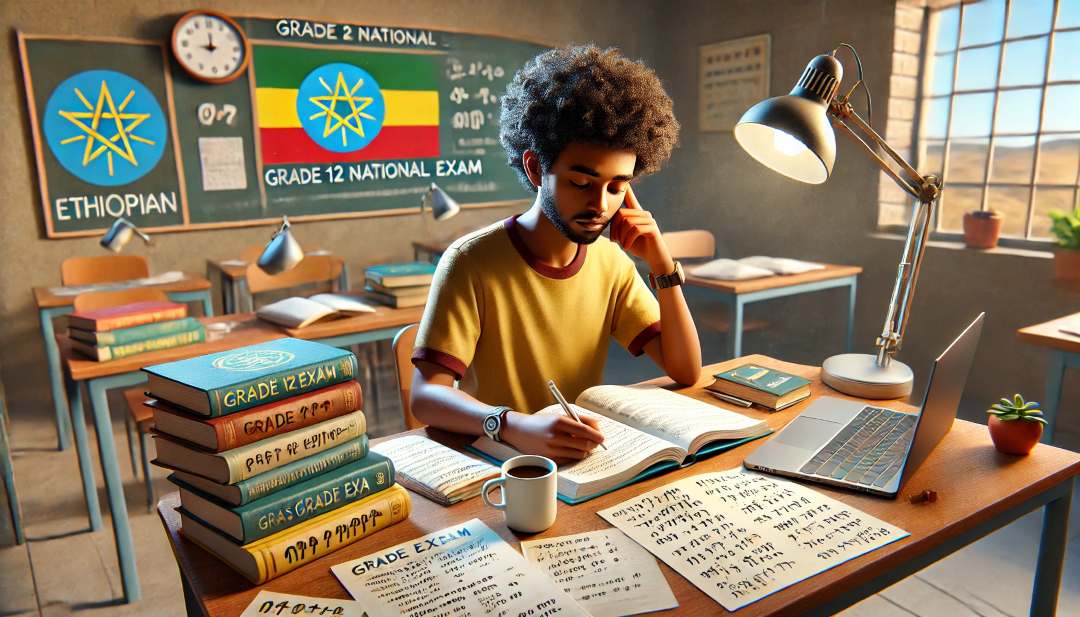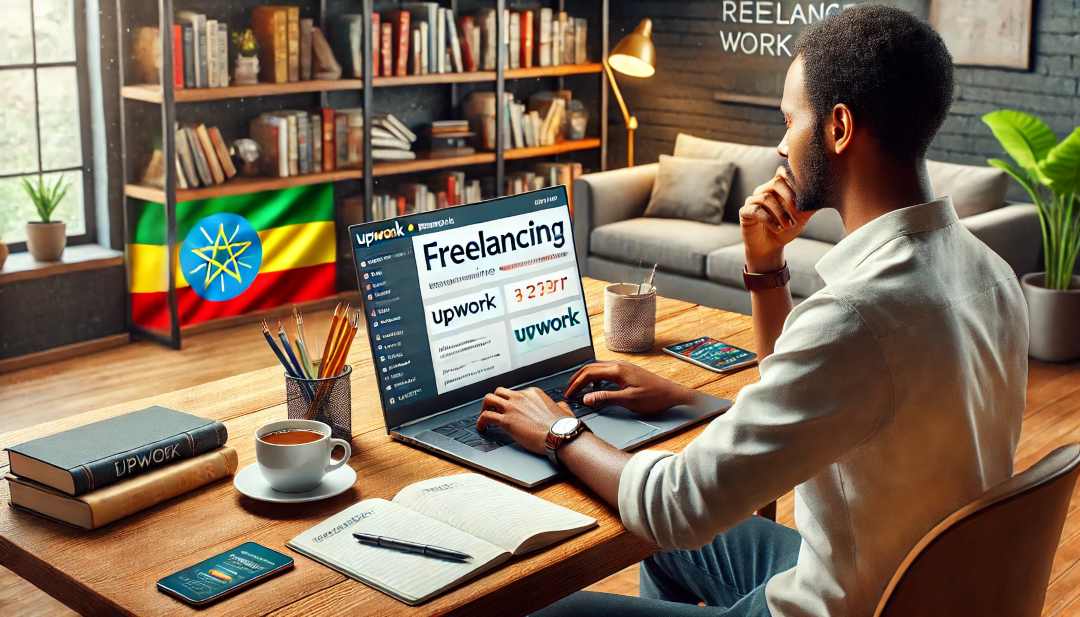
💡 What is Web Design?
Web design is the process of planning and creating websites. It includes:
✅ Page layout
✅ Color selection
✅ Typography (fonts)
✅ Visual content
✅ User experience (UX)
✅ User interface (UI)
Web design combines creativity (art) and structure (science) to create effective websites that look good and function well.
🎯 1. Goals of Good Web Design
A good website must be:
✅ Visually appealing (beautiful and on-brand)
✅ Easy to use (clear navigation, readable content)
✅ Fast and responsive (works on all devices)
✅ Purpose-driven (clear goals like selling, informing, or registering)
Whether it’s a student portal, e-commerce shop, blog, or government site — design impacts success.
🧱 2. Website Layout & Structure
Layout refers to how content is arranged on a page. Popular structures include:
F-shaped layout: Users scan from top left to right and down
Grid layout: Uses rows and columns for clean, flexible design
Hero layout: A big image or headline at the top
Card layout: Multiple boxes like news, products, or blog items
Using a grid system (like Bootstrap or CSS Grid) makes layouts easier to manage and responsive by default.
🎨 3. Colors and Visual Balance
Color sets the tone of a site. Choose colors based on:
Brand identity or message (blue = trust, green = growth)
Readability (dark text on light backgrounds is easiest to read)
Accessibility (high contrast for visually impaired users)
Emotions (red = urgency, purple = luxury, yellow = energy)
Most designers use a primary color, a secondary color, and a neutral background.
🔤 4. Typography and Fonts
Typography is how text appears on a website. Good typography helps users read and feel comfortable.
Tips:
Use 2 or 3 fonts only (main font, accent font)
Body text should be between 16px and 18px
Headings should be bigger and bolder
Avoid long paragraphs — break them up
Use proper line height and spacing for legibility
Google Fonts offers free and beautiful font choices.
🔄 5. Responsive and Mobile Design
More than 70% of users access websites from phones. Your design must adapt to screen size.
Responsive design means:
Flexible layouts (grids, flexbox)
Scalable fonts and images
Hiding or rearranging content on smaller screens
Using mobile-friendly buttons and menus
You can preview and test responsiveness using browser DevTools or tools like Figma or Webflow.
🧠 6. User Experience (UX) Principles
UX is how users feel when using your site. A great user experience is:
✅ Clear – Easy to navigate
✅ Fast – Pages load quickly
✅ Predictable – Buttons behave as expected
✅ Accessible – Works for all users
✅ Goal-driven – Helps users do what they came for (buy, learn, read, contact)
UX is the heart of design — users won’t stay on a confusing or slow site.
🖱️ 7. Navigation and Menus
Navigation helps users find what they need. Good menus:
Use familiar names (Home, About, Contact)
Are visible and simple
Stay consistent across all pages
Collapse into a “hamburger” menu on mobile
Highlight the current page
Breadcrumbs, search bars, and clear footers improve navigation even more.
🧩 8. Images, Icons, and Visual Content
Visuals should support content — not distract.
Use compressed, high-quality images (JPEG/PNG/WebP)
Avoid large image sizes that slow the site
Use icons for clarity (location, email, phone)
Maintain visual consistency (same style and size)
Free tools: Unsplash (images), Flaticon (icons), Canva (editing)
🧰 9. Web Design Tools & Software
You can design websites using:
Figma – Popular for UI/UX design
Adobe XD – Design and prototype user flows
Canva – Simple drag-and-drop layouts
WordPress + Elementor – No-code web design
Webflow – Design + code visually
HTML/CSS + Bootstrap – Developer-friendly option
🧪 10. Design Process (Step-by-Step)
Define the goal – What is this site for?
Research users and competitors
Sketch layout and wireframes
Choose colors, fonts, and visuals
Design pages and structure
Make it responsive for mobile
Get feedback and test usability
Launch and monitor performance
💼 Careers in Web Design
Web Designer
UI/UX Designer
Frontend Developer
Product Designer
Graphic Designer
Creative Consultant
Web design is useful for freelancers, agencies, marketing teams, and even NGO and government websites in Ethiopia.
Comments (0)
Categories
Recent posts


Ethiopia University Exit Exam: What You ...
27 Jun 2023
Grade 12 Exam Preparation Ethiopia | ...
18 Mar 2025
How to Make Money Online in Ethiopia | ...
18 Mar 2025




